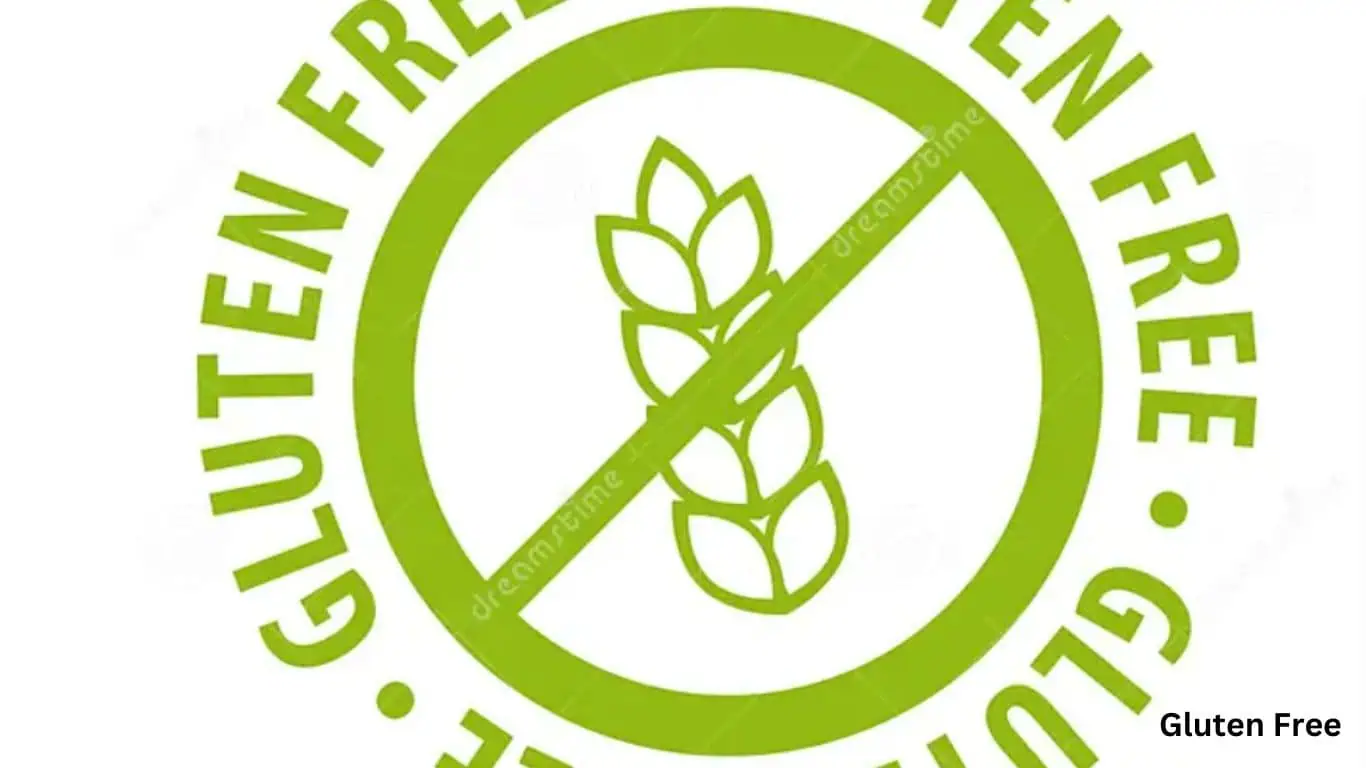Celiac Disease – Your Guide to a Gluten-Free Diet
This post may contain affiliate links. I may receive a small commission if you purchase something through these links, which helps me continue to deliver great content. I never recommend products I wouldn’t use myself!
Celiac Disease is a condition that affects the digestive system and requires strict adherence to a gluten-free diet. Gluten is a protein found in wheat, barley, and rye, and it can cause damage to the small intestine in people with celiac disease. As a result, proper nutrition is critical for those living with celiac disease to prevent nutrient deficiencies and reduce the risk of long-term health complications.
A well-balanced gluten-free diet can include a variety of foods like fruits, vegetables, whole grains, and lean proteins. These foods are rich in vitamins, minerals, and antioxidants that can help support overall health and reduce inflammation. However, it’s important to read labels and avoid products that contain gluten, including baked goods, pasta, cereals, and processed foods. Gluten-free products can also be higher in sugar, fat, and calories, so it’s essential to choose wisely and eat in moderation.
Fiber is an essential nutrient that can be lacking in a gluten-free diet. You can find fiber in foods like fruits, vegetables, beans, nuts, and seeds. Fiber can help regulate digestion, reduce inflammation, and promote feelings of fullness, making it an important component of a healthy gluten-free diet.
Celiac disease can also impair the absorption of essential vitamins and minerals like vitamin B12, iron, and calcium. Therefore, it’s recommended to supplement with these nutrients to ensure adequate intake. A registered dietitian can provide personalized recommendations and guidance on managing this condition through nutrition.
In addition to proper nutrition, it’s also important to maintain a healthy lifestyle to manage celiac disease effectively. Regular physical activity can help reduce inflammation, improve digestion, and promote overall well-being. Stress management techniques, such as meditation, yoga, or deep breathing, can also help reduce symptoms and improve quality of life.
Several grains are naturally gluten-free and can be used as substitutes for wheat in cooking and baking. Here are some examples:
[This page contains affiliate links – which means I may earn a commission at no additional cost to you if you make a purchase.]

Rice is a staple food in many cultures and is naturally gluten-free. It can be used in a variety of dishes, from sushi to stir-fries to rice pudding. White and brown rice flour are both gluten-free flour made from rice, but they differ in their nutritional content, taste, and texture. White rice flour is made from polished white rice, which has had its bran and germ removed. This results in a flour that is light in color and texture, with a mild, slightly sweet taste. White rice flour is often used in gluten-free baking to create light, fluffy textures in cakes, cookies, and pastries. However, because it is low in fiber and nutrients compared to brown rice flour, it is not considered as nutritious. Brown rice flour is made from unpolished whole-grain brown rice, which includes the bran and germ. This results in a flour that is darker in color and texture, with a slightly nutty taste. Brown rice flour is higher in fiber, vitamins, and minerals than white rice flour, making it a more nutritious option. It is often used in gluten-free baking to add flavor, texture, and fiber to baked goods. When substituting one for the other in recipes, it is important to note that the texture and flavor of the finished product may be affected. Generally, white rice flour is generally best for light and delicate baked goods, while brown rice flour is better for heartier baked goods requiring a more substantial texture.
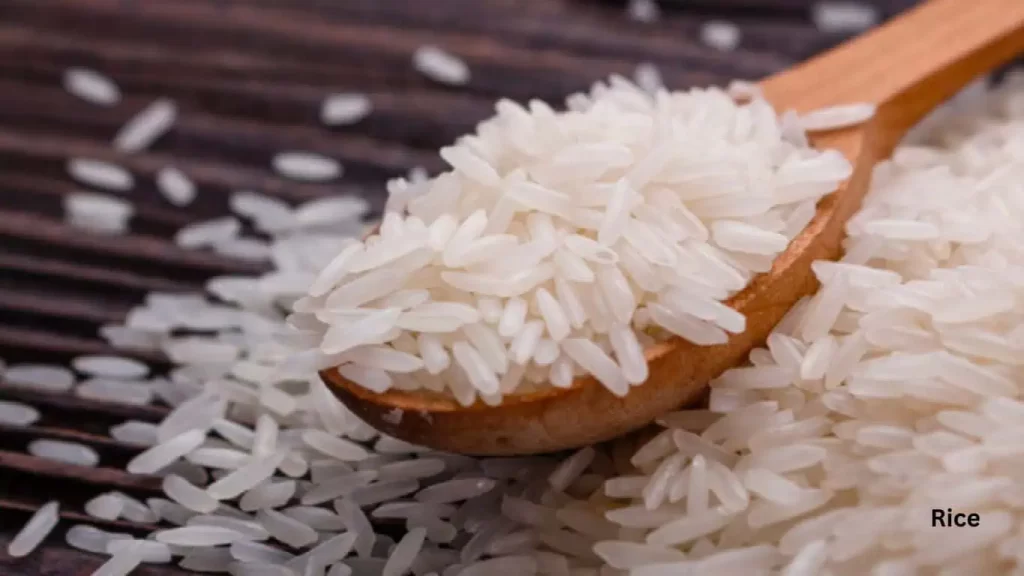

Quinoa is a nutrient-rich seed that is high in protein and fiber. It can be used as a substitute for rice or couscous, or added to salads and soups. Quinoa has a mild, nutty flavor and a slightly crunchy texture. The flavor of quinoa can vary slightly depending on the variety and how it is prepared. For example, red quinoa has a slightly sweeter and nuttier flavor than white quinoa. When cooked, quinoa becomes tender and fluffy, with a slightly chewy texture. Overall, quinoa has a pleasant and versatile taste that pairs well with a variety of ingredients and can be used in many different types of dishes. Quinoa flour‘s high protein content and neutral flavor make it a versatile gluten-free baking alternative, adding structure and fluffiness to breads while offering a boost of complete protein and essential nutrients. Overall, incorporating quinoa into your diet can be a great way to boost your nutrient intake and support a healthy lifestyle.
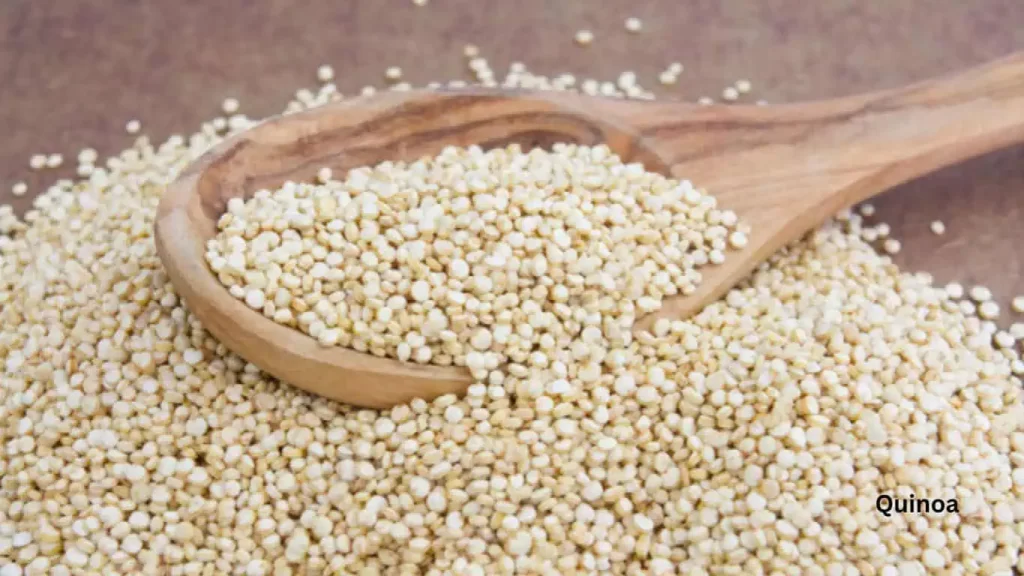

Buckwheat is a gluten-free, nutrient-rich grain-like seed that is often used in gluten-free baking. Despite its name, buckwheat is not related to wheat and does not contain gluten. Buckwheat flour has a distinct nutty flavor and a slightly grayish color.
In gluten-free baking, buckwheat flour is often used in combination with other flours, such as rice flour, to create a balanced texture and flavor. It can be used to make a variety of baked goods, such as pancakes, bread, and muffins. Buckwheat flour is high in fiber, protein, and essential vitamins and minerals, making it a nutritious choice for gluten-free baking. It also has a low glycemic index, which means it can help regulate blood sugar levels and provide sustained energy.
In addition to its use in baking, buckwheat can also be cooked and used in dishes such as porridge, salads, and pilafs. Buckwheat groats, which are the whole kernels of the buckwheat plant, can be used as a gluten-free alternative to couscous or rice in savory dishes. Overall, buckwheat is a versatile and nutritious ingredient that is a great addition to a gluten-free diet.
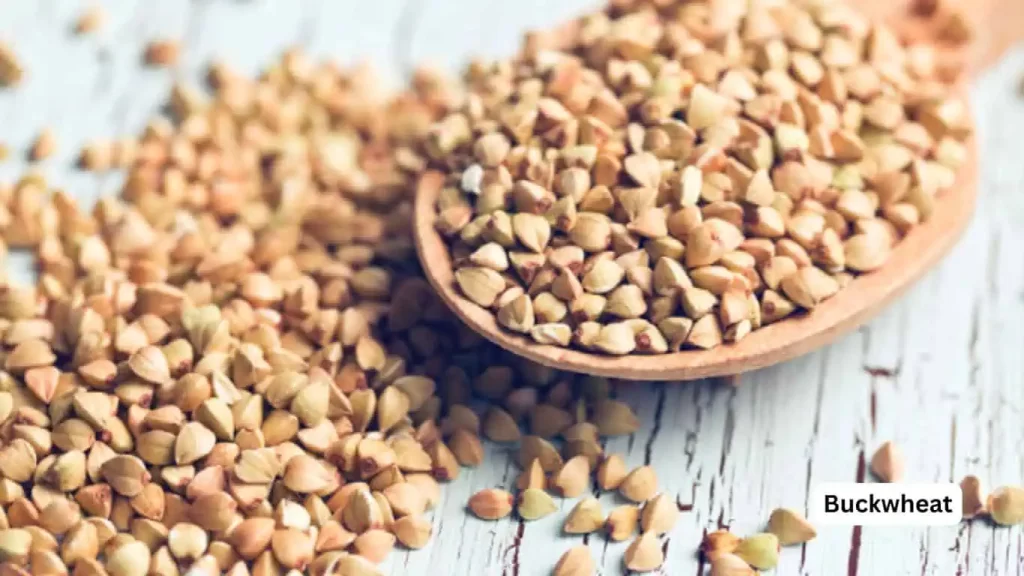

Corn is a gluten-free grain that is commonly used in gluten-free baking. It is a staple food in many cultures and can be found in a variety of forms, such as cornmeal, corn flour, and cornstarch. Corn is a good source of fiber, protein, and essential vitamins and minerals.
In gluten-free baking, cornmeal and corn flour are often used to make bread, muffins, and other baked goods. Cornmeal has a slightly coarse texture and a distinct corn flavor, while corn flour is finer and has a smoother texture. Cornstarch, which is derived from the endosperm of the corn kernel, is often used as a thickener in sauces, gravies, and puddings.
Corn is also used to make a variety of other gluten-free products, such as tortilla chips, corn tortillas, and popcorn. It can also be used as a substitute for wheat flour in savory dishes, such as cornbread stuffing or cornmeal-crusted chicken.
Overall, corn is a versatile and nutritious ingredient that can be used in a wide variety of gluten-free dishes and baked goods. It is a great option for those following a gluten-free diet who are looking for a flavorful and nutritious alternative to wheat.
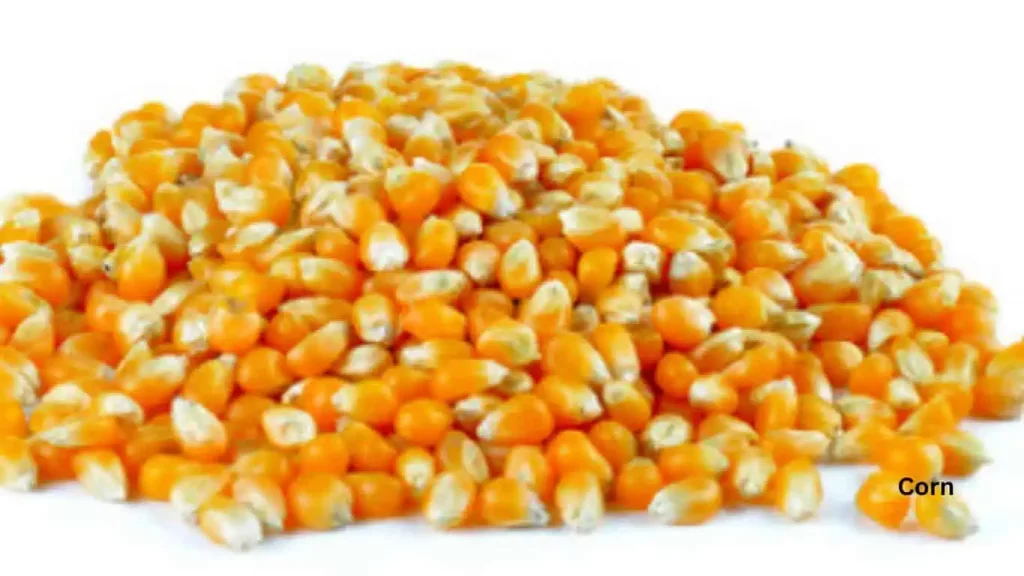

Millet is a gluten-free grain that is commonly used in gluten-free baking. It is a small, round, and yellowish grain that has a mild, slightly sweet flavor. Millet is a good source of protein, fiber, and essential vitamins and minerals.
In gluten-free baking, millet flour is often used in combination with other flour, such as rice flour or tapioca flour, to create a balanced texture and flavor. It can be used to make a variety of baked goods, such as bread, muffins, and cakes. Millet flour has a slightly sweet and nutty flavor and can add a unique taste and texture to gluten-free baked goods.
In addition to its use in baking, millet can also be cooked and used in dishes such as pilafs, salads, and soups. Millet is also commonly used as a gluten-free alternative to couscous or rice in savory dishes.
Overall, millet is a versatile and nutritious ingredient that is a great addition to a gluten-free diet. Its unique flavor and texture can add variety to gluten-free baked goods, and its high nutrient content makes it a healthy choice for any meal.
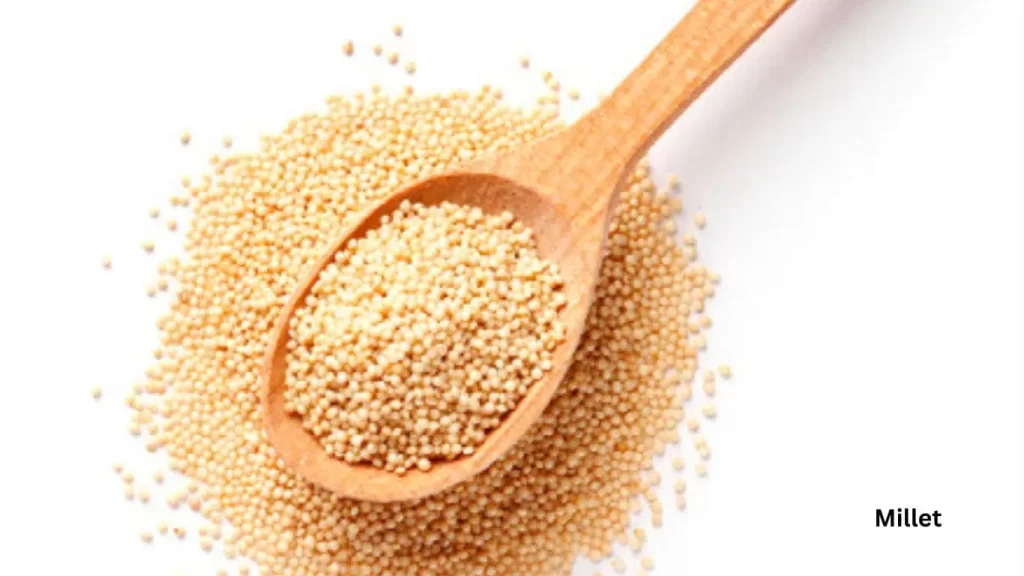

Sorghum is a gluten-free grain that is commonly used in gluten-free baking. It is a cereal grain that is widely grown in Africa and Asia and has been used as a food source for thousands of years. Sorghum flour is a good source of protein, fiber, and essential vitamins and minerals.
In gluten-free baking, sorghum flour is often used in combination with other flours, such as rice flour or tapioca flour, to create a balanced texture and flavor. It can be used to make a variety of baked goods, such as bread, muffins, and cakes. Sorghum flour has a mild, slightly sweet flavor, and can add a nutty taste and a soft, tender texture to gluten-free baked goods.
Sorghum can also be used to make other gluten-free products, such as pasta, cereal, and crackers. Sorghum syrup, which is made by boiling down the juice of the sorghum plant, can be used as a sweetener in place of molasses or corn syrup.
Overall, sorghum is a versatile and nutritious ingredient that is a great addition to a gluten-free diet. Its unique flavor and texture can add variety to gluten-free baked goods, and its high nutrient content makes it a healthy choice for any meal.
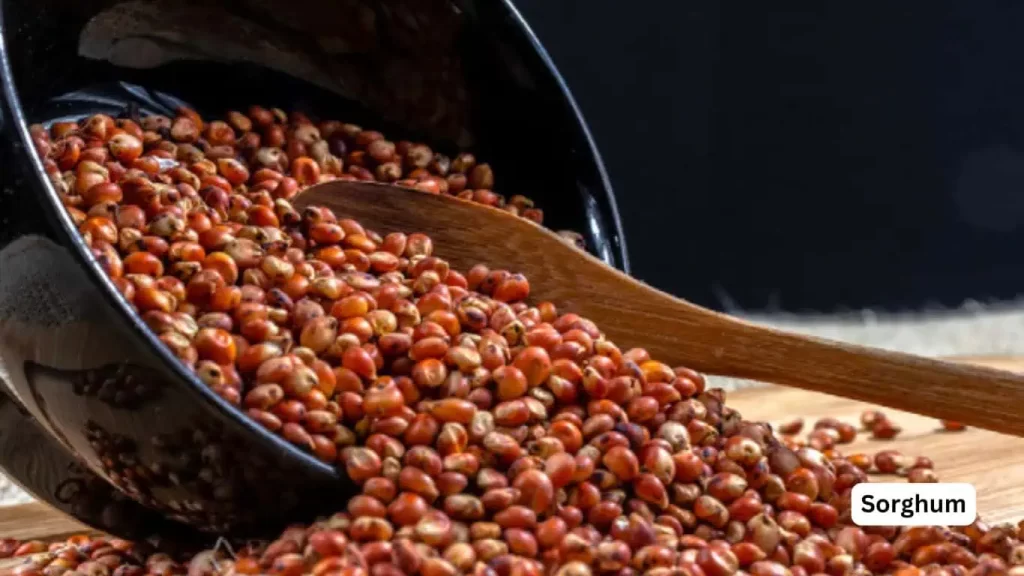

Amaranth is a gluten-free grain that is commonly used in gluten-free baking. It is a small, round, and light-colored grain that has a nutty flavor and a slightly crunchy texture. Amaranth is a good source of protein, fiber, and essential vitamins and minerals.
In gluten-free baking, amaranth flour is often used in combination with other flour, such as rice flour or tapioca flour, to create a balanced texture and flavor. It can be used to make a variety of baked goods, such as bread, muffins, and cakes. Amaranth flour has a distinct flavor and can add a nutty taste and a tender texture to gluten-free baked goods.
In addition to its use in baking, amaranth can also be cooked and used in dishes such as porridge, salads, and pilafs. Amaranth can also be popped like popcorn and used as a crunchy topping for salads or added to granola.
Overall, amaranth is a versatile and nutritious ingredient that is a great addition to a gluten-free diet. Its unique flavor and texture can add variety to gluten-free baked goods, and its high nutrient content makes it a healthy choice for any meal.
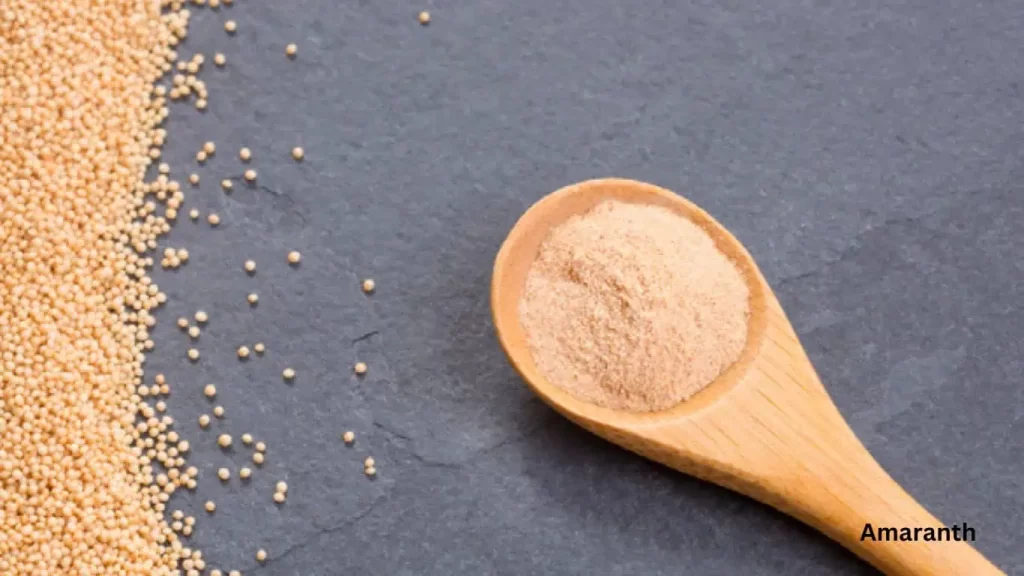

Red lentils are a type of legume that is commonly used in cooking and can also be used in gluten-free baking. They are small and round and have a bright orange-red color. Red lentils are a good source of protein, fiber, and essential vitamins and minerals.
While red lentils are not typically used in traditional gluten-free baking, they can be used to add protein and nutrition to certain baked goods. For example, red lentil flour can be used in combination with other gluten-free flour, such as rice flour or tapioca flour, to make high-protein bread or other baked goods. Red lentils can also be used to make savory items, such as lentil crackers or lentil-based pizza crusts.
Overall, red lentils are a versatile and nutritious ingredient that can be used in various dishes, including gluten-free baking. They are a great source of plant-based protein and can add a unique flavor and texture to baked goods.
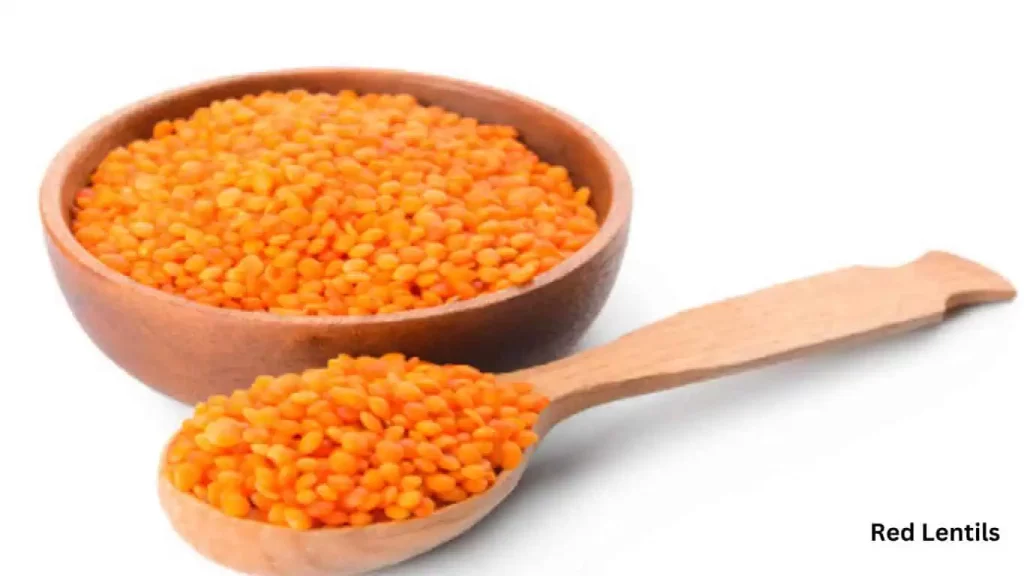
Ready to put your newfound knowledge into practice? Head over to my delicious recipe section for gluten-free comfort food that will tantalize your taste buds and nourish your body!

